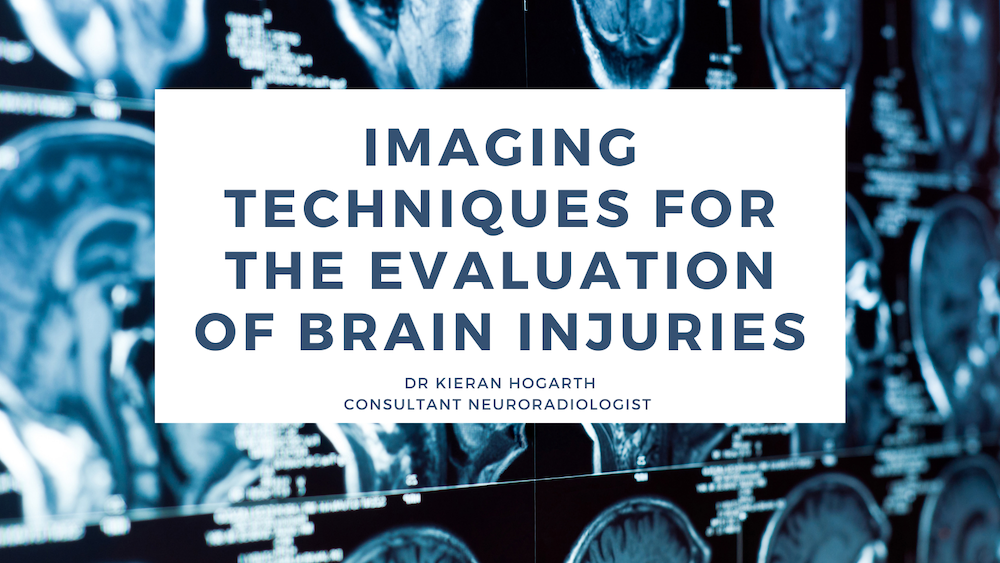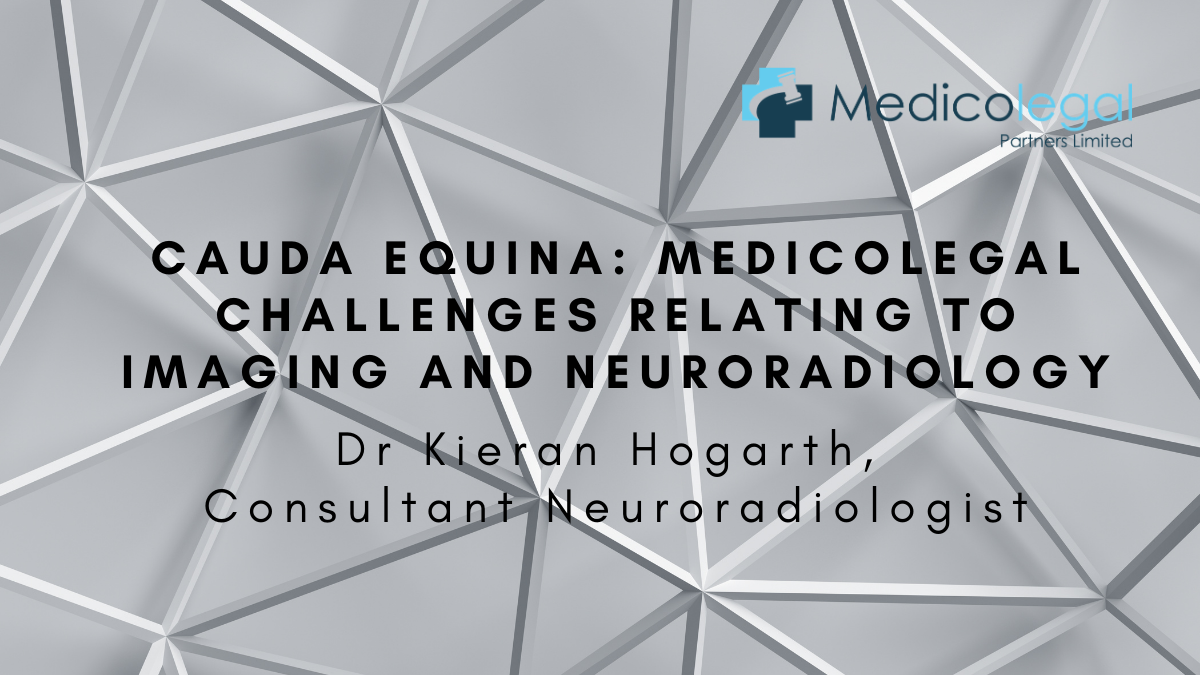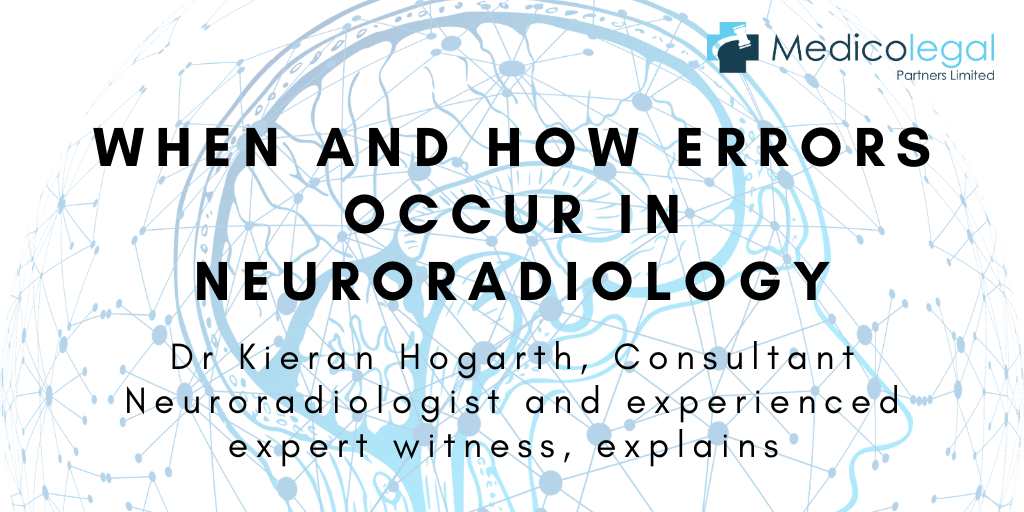Imaging Techniques for the Evaluation of Brain Injuries

Traumatic brain injury (TBI) is a relatively frequent occurrence, the consequences of which can be devastating for the patient. Common causes include motor vehicle accidents, assaults, falls, sports-related injuries and, in military personnel, blast injuries and penetrating trauma. TBIs can be divided into two groups: primary and secondary. Primary TBI occurs at the time of trauma, and may be due to penetrating injuries or internal forces such as acceleration/deceleration, stretching or compression. Secondary TBI occurs after the initial trauma and includes conditions such as cerebral ischemia and oedema.
The main goal of therapy is to prevent a primary injury from progressing into a secondary injury. Thus, prompt identification and management of injuries can make a significant difference to their course. Imaging techniques can be used to identify the presence and extent of injuries, so that appropriate treatment programmes can be planned. This can help to reduce both mortality and morbidity, as well as the length of time spent in hospital. Even after the acute phase has passed, imaging can be used to identify chronic problems, assess prognosis and plan rehabilitation programmes.
During the first 24 hours after injury, the imaging modality most commonly used is conventional computed tomography (CT). This has the advantage of being more widely available than other techniques and it is usually more cost-effective too. Images are produced relatively quickly, and the technique is easier to use on patients who are on a ventilator or in traction. CT is particularly effective at identifying bony injuries and areas of haemorrhage. Perfusion CT involves administering a contrast material intravenously. The flow of this material through the brain is then monitored through multiple sequential CT images. This technique can be used to identify cerebral ischemia, which if left untreated, can lead to significant morbidity and even death. If ischemia is identified early enough, tissue known as the ‘traumatic penumbra’ may potentially be saved.
However, CT has some limitations. In particular, the CT beam signal can be displaced by metal objects, bone and calcifications. This can affect the image quality and make accurate interpretation difficult. In addition, small areas of bleeding and bruising, less than the width of an average CT slice, can easily be missed. Diffuse axonal injury and secondary ischemic changes are also difficult to identify on a conventional CT scan. Furthermore, CT findings can sometimes lag behind actual intracranial damage, leading to underestimation of injuries in scans taken within 3 hours of the trauma occurring. The interpretation of perfusion CT scans can be difficult, particularly in the acute phase of an injury, as it is sometimes unclear whether perfusion abnormalities result from vascular issues or neuronal dysfunction.
Once 48 hours or more have elapsed since the trauma occurred, magnetic resonance imaging (MRI) is generally favoured over CT scanning. This is partly because compositional changes of the blood over time increase the ability of MRI to detect haematomas. MRI allows for increased definition of soft tissues, and its ability to take images in multiple planes is particularly helpful in identifying cerebral herniation. MRI is also better at detecting brain axon injuries, neuronal damage and small areas of bruising and at imaging certain areas of the brain, such as the brainstem, basal ganglia and thalami. New MRI technology and techniques have increased the sensitivity of this modality further, but their usefulness is limited by the fact that they are not routinely available in many hospitals. While the improvements in MRI may lead to better prediction of outcomes, it is unclear whether they will actually change the acute management of TBI.
While other imaging techniques, such as positron emission tomography (PET), single-photon emission computed tomography (SPECT) and diffusion tension imaging (DTI), are sometimes used, they are of limited application in the management of acute TBI. SPECT is more sensitive than CT in detecting lesions, although it is not always clear how these relate to the current injury. DTI provides information on the structural connections within the brain and can highlight axonal injury. However, it is questionable whether this technique can diagnose TBI in individual patients, as the findings lack specificity. PET and SPECT are limited by the fact that neither is widely available and both are lengthy procedures. Furthermore, the information provided by these techniques is functional rather than anatomical. Therefore, none are likely to replace CT and MRI, although they may be combined with them to provide a more comprehensive injury assessment. Their main application lies in evaluating a patient’s prognosis and planning long-term therapy. SPECT appears to be especially useful in this respect: an initial negative SPECT scan strongly predicts a more favourable outcome.
One major feature of TBI is its heterogeneity. Each case will differ in respect of the causal mechanism, location and severity and pattern of primary and secondary injuries. This variation makes it difficult to determine the optimum treatment for each individual patient. Imaging techniques can help to identify the distinctive features and prognosis of each injury, thus improving treatment options and helping to prevent further damage.
Further reading:
Douglas, D. B., Ro, T., Toffoli, T., Krawchuk, B., Muldermans, J., Gullo, J., Dulberger, A., Anderson, A. E., Douglas, P. K., & Wintermark, M. (2018). Neuroimaging of Traumatic Brain Injury. Medical sciences (Basel, Switzerland), 7(1), 2. https://doi.org/10.3390/medsci7010002
Lee, B., & Newberg, A. (2005). Neuroimaging in traumatic brain imaging. NeuroRx : the journal of the American Society for Experimental NeuroTherapeutics, 2(2), 372–383. https://doi.org/10.1602/neurorx.2.2.372



